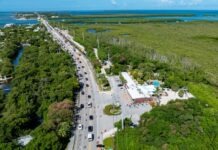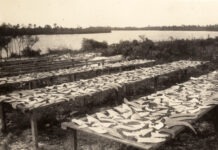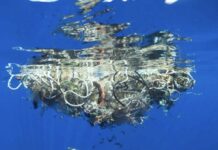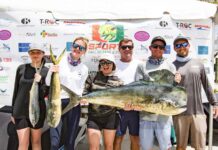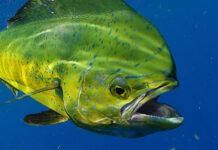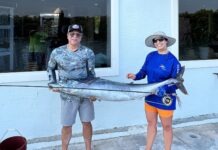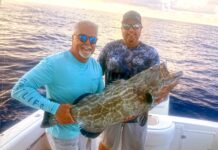
As cold fronts move through the Florida Keys and winter winds pick up, many anglers turn their sights north to the Florida Everglades. The Everglades span the southern portion of our state and offer amazing fishing experiences throughout the year. However, winter is an ideal time for anglers to explore its winding waterways and target a variety of fish species. While summer in the Everglades can be hot and humid, winter brings milder temperatures and lower humidity levels, providing an excellent opportunity for anglers to escape the cold in other parts of the country and escape the winter winds that blow through our island chain.
Navigating the shallow waterways of the Everglades requires a thoughtful approach; an understanding of how conditions change with the seasons is crucial for a successful fishing adventure. Keep in mind that winter temperatures can fluctuate in these shallow water habitats, affecting the behavior of your target fish.
Early mornings and late afternoons are typically the most productive times for anglers, but be prepared to adjust your tactics based on the day’s temperature patterns. As water temperatures drop, fish tend to move to deeper areas where the water is warmer, making deeper holes, channels and the edges of flats the sweet spot for targeting several of the large predators.
The diverse habitats within the Everglades support a wide range of fish species, making it an ideal spot for anglers seeking a variety of target species and challenging fights on the rod. The Everglades is renowned for its thriving largemouth bass population, and during colder months, these fish tend to move to deeper holes, making them prime targets for anglers skilled in both freshwater and brackish water techniques.
Snook, a prized game fish throughout Florida Bay, can be found in the brackish waters of the Everglades year-round. During winter, they seek warmer waters including shallow flats, mangrove shorelines and tidal creeks, which makes them more accessible to anglers.
Redfish are a staple in the Everglades ecosystem, and during winter months, these hard-fighting fish gather in shallow estuaries, oyster bars and mangrove shorelines while hunting prey. Speckled sea trout are abundant in the brackish and freshwater areas of the Everglades, often congregating in deeper holes and channels. While tarpon are more commonly associated with warmer months in the Florida Keys, some resident tarpon can be found in the deeper channels and warmer areas of the Everglades during winter.
Slowly work your lures or bait through these areas to entice bites. Both live bait and artificial lures can be effective in the Everglades during winter months. Live shrimp, pilchards or small baitfish can entice a variety of species, while soft plastic baits, topwater lures and jerkbaits can mimic the movements of prey, attracting many of these predatory fish.
The pristine nature and peaceful ambiance of the Everglades calls for a high level of respect and responsibility from anglers. Practicing catch-and-release, handling fish with care, and avoiding damage to fragile habitats ensures the sustainability of this unique ecosystem. Abide by all fishing regulations, including size and bag limits, to contribute to the conservation of the Everglades’ diverse aquatic life.
The next time the wind ruins your plans to fish on the reef or your favorite wrecks, consider a trip north to immerse yourself in the beauty of this iconic ecosystem, and savor the moments that make the Florida Everglades a true gem for anglers seeking a memorable fishing experience.
To book a trip with Captain Bill and Top Notch Sportfishing, call 732-674-8323.









